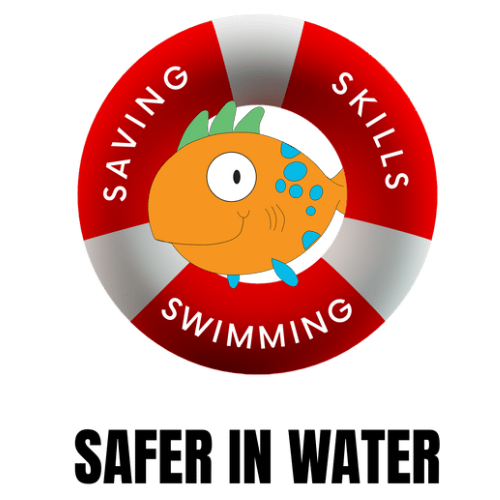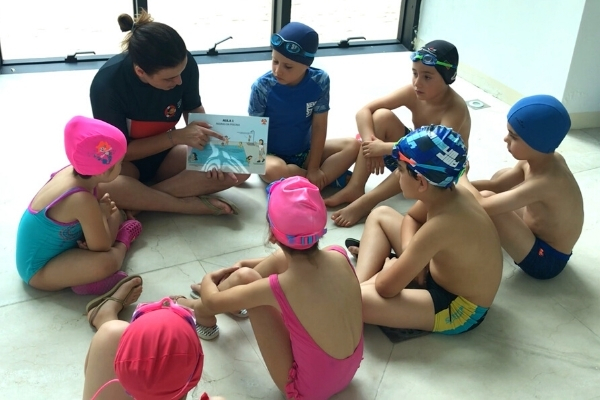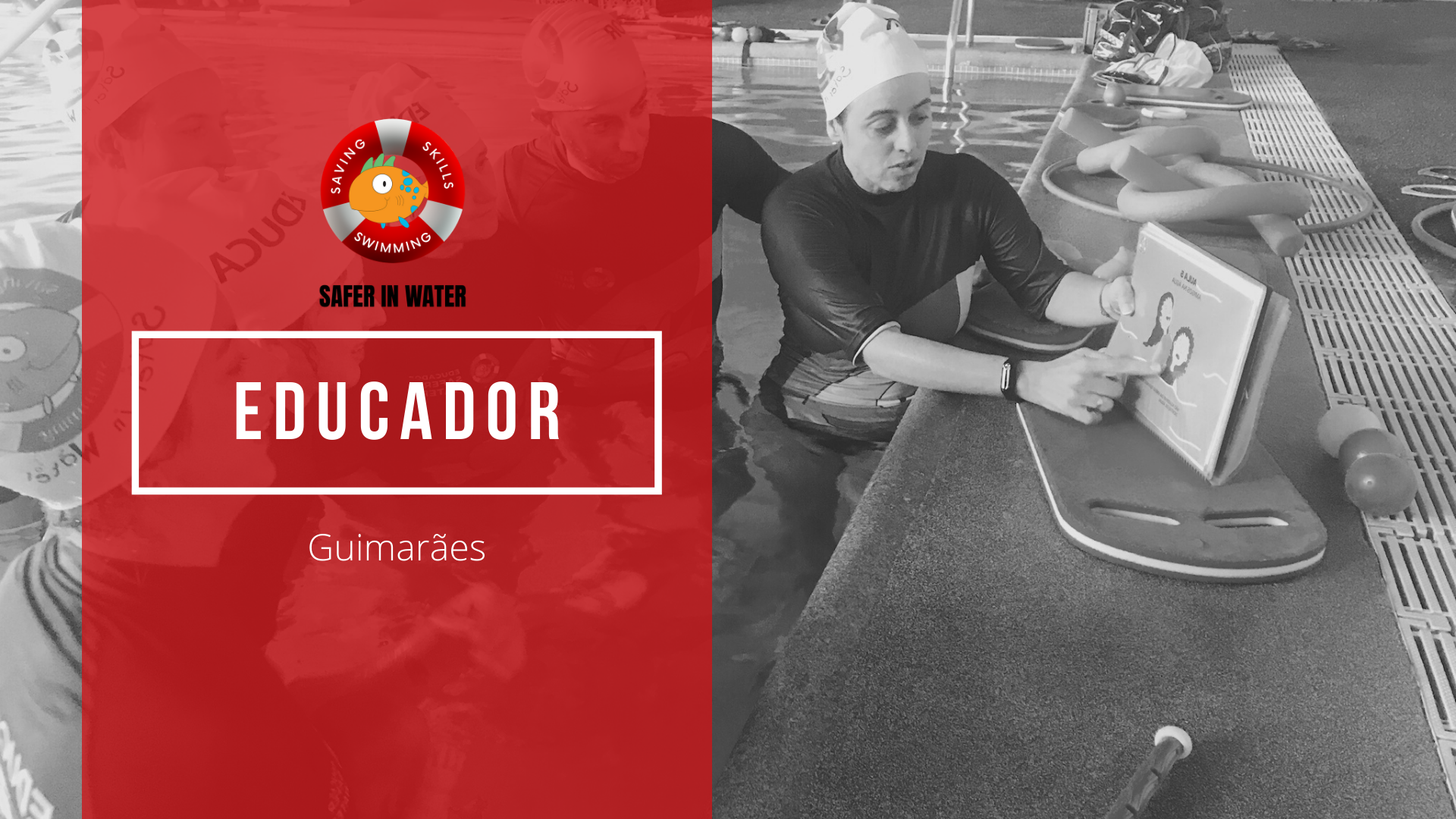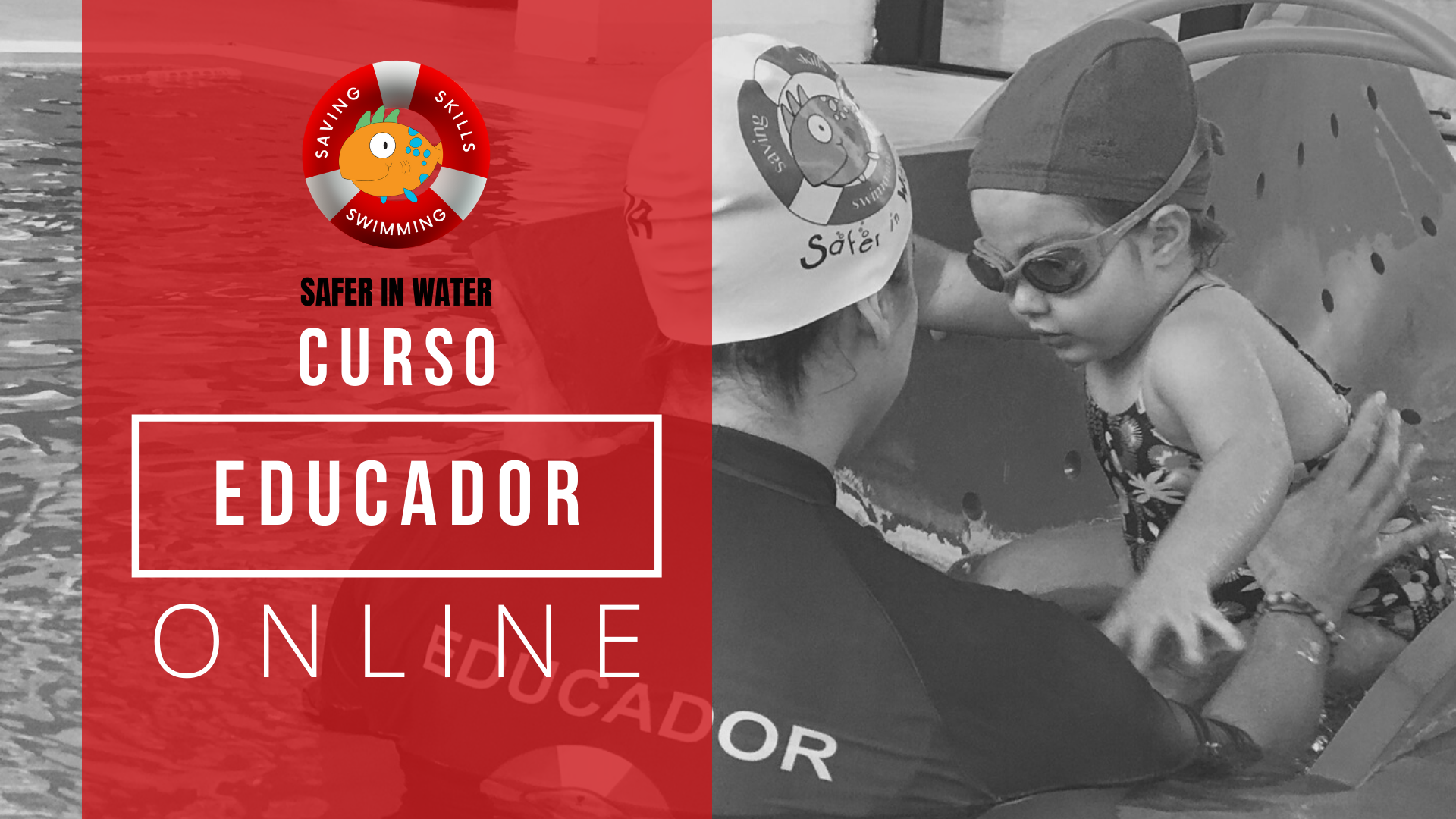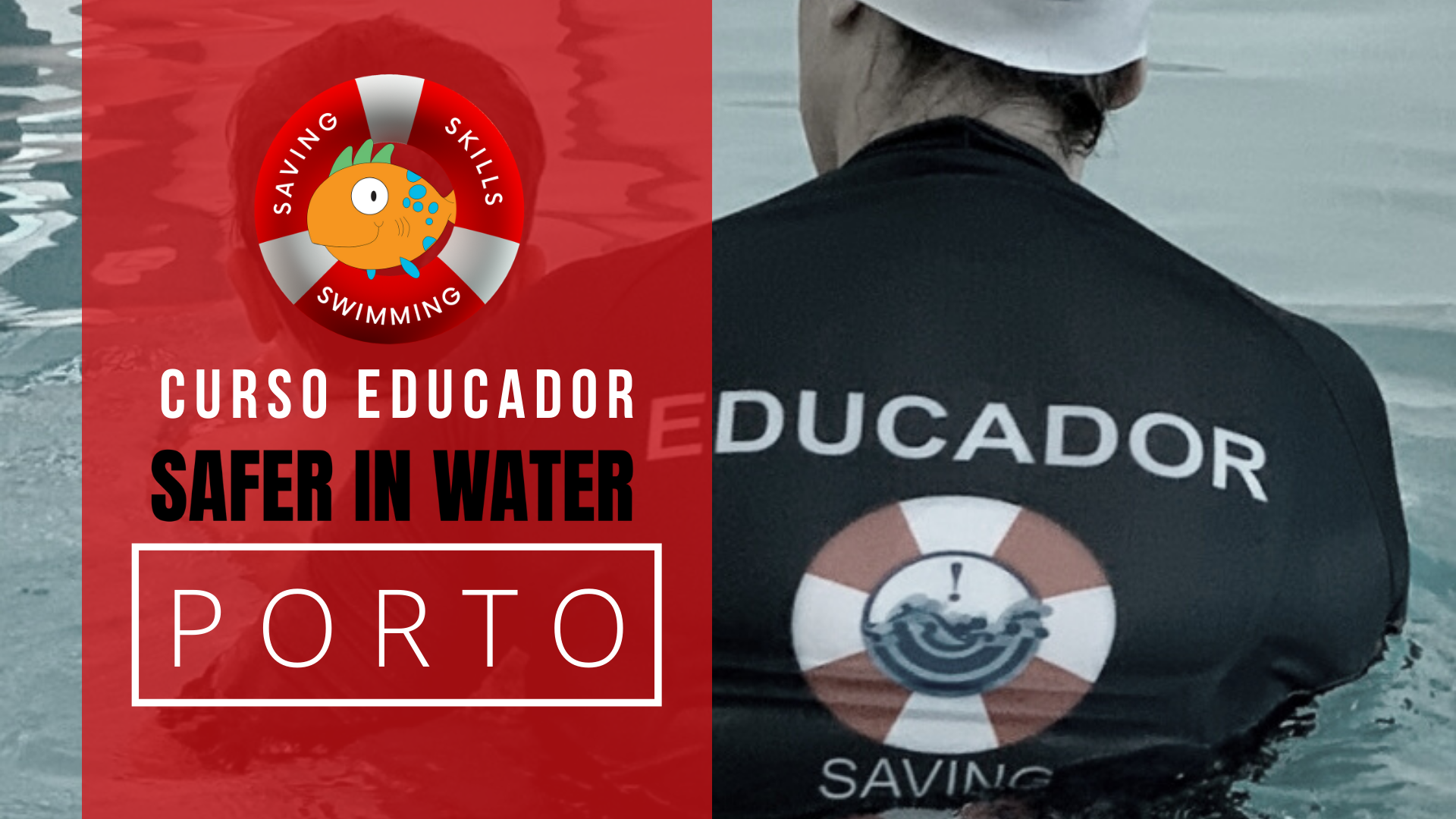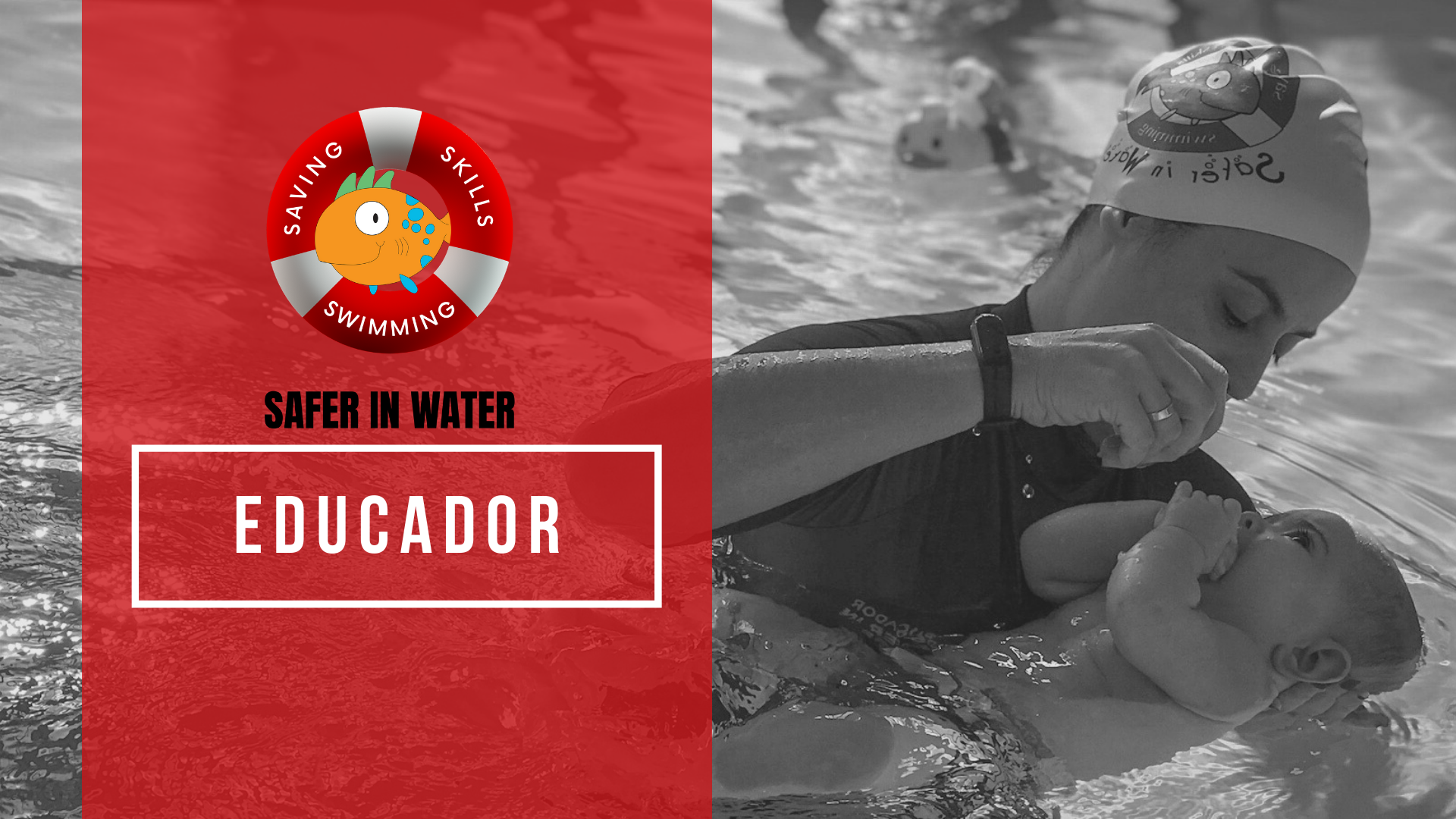SAFER in WATER
Swimming methodology
OUR MISSION
Drowning is the second leading cause of death in pediatric age in Portugal, and for every child who dies from drowning, about 140 are hospitalized. Children hospitalized for drowning may survive without after-effects, but most survive with permanent neurological damage, to which add immeasurable social, psychological and economic impacts. Studies show that the main risk factors for child drowning are inefficient supervision, lack of knowledge of the dangers, and the adoption of risky behaviors. It is a public health problem on which it is urgent to act preventively. Our mission is definitely to reduce these numbers, to train teachers, who in a joint effort, apply in swimming lessons preventive and aquatic safety methodologies. The SIW Methodology is a differentiated methodology from the moment of birth to the moment of learning to swim, developed based on scientific evidence. Our priority as SIW Educators is to provide children with experiences that nurture knowledge, so that they can respond to any challenges they may find in the aquatic environment.
The SIW METHODOLOGY
Prevention and Safety in Aquatic Environment
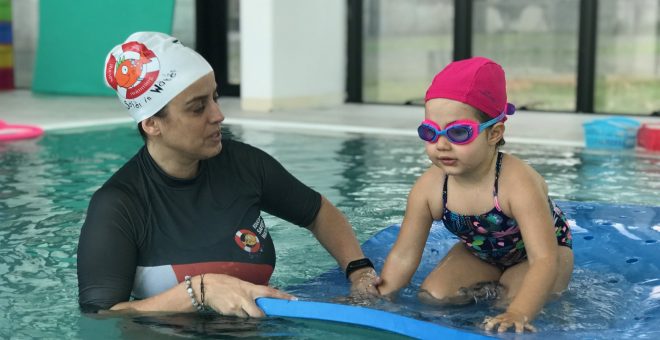
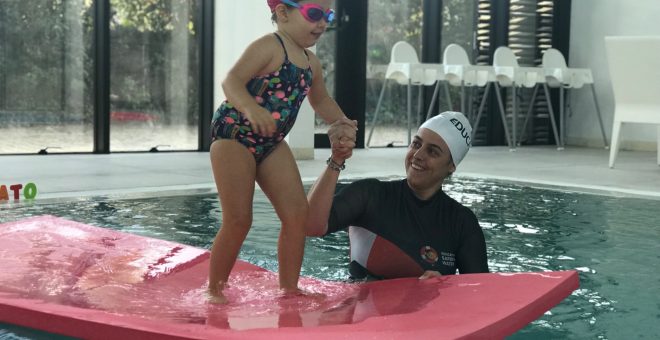
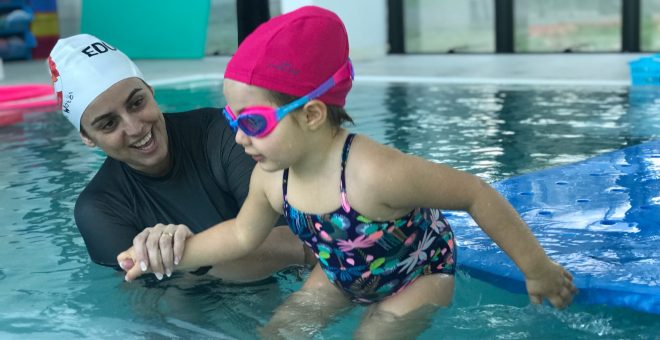
SAFER IN WATER®
SAFER IN WATER® is a swimming teaching methodology developed from the causes of drowning. It is the reflection of an in-depth study of drowning in children. This study, done in 2013, tested children aged 3 to 6 years after learning to swim. With this study we were able to see that the responses given by children in at-risk situations do not focus on any particular swimming style, varying according to the conditions they were in, the conditions of the aquatic environment, the individual characteristics of the child as well as the psychological state of the moment. It was the answers given by the children as well as the variation of the states mentioned that allowed us to elaborate the skills proposed by SAFER IN WATER®.
In practice, the SIW Methodology is a Program of Prevention and Safety in Aquatic Environment, applied to children, which has the following objectives:
* the conquest for autonomy and survival,
* the acquisition of respect and liking for water,
* the monitoring of the child’s psychomotor development.
This methodology aims, through diverse, playful teaching and experiences that are very close to reality, to transmit the knowledge and experience necessary for the safety of a child in case of an accident in the water.
There are no standard answers for survival, there are skills that each child must choose to perform according to the situation that presents itself. In the same situation different children will give different answers, it is at this point that we verify the cognitive ability that children develop to solve problems.
BEING A qualified SIW EDUCATOR
Being a qualified SIW Educator is much more than teaching how to swim. It means having a deep knowledge of children’s development in the 3 fundamental areas (motor, cognitive and social) and knowing how to accompany the learnings in each moment and stage that the child is in.
Conducting a learning process is for us educators a mission and a commitment to society in that we can be active agents in the prevention of drowning.
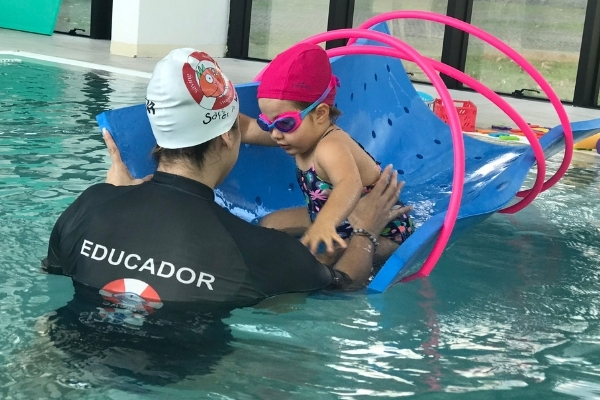
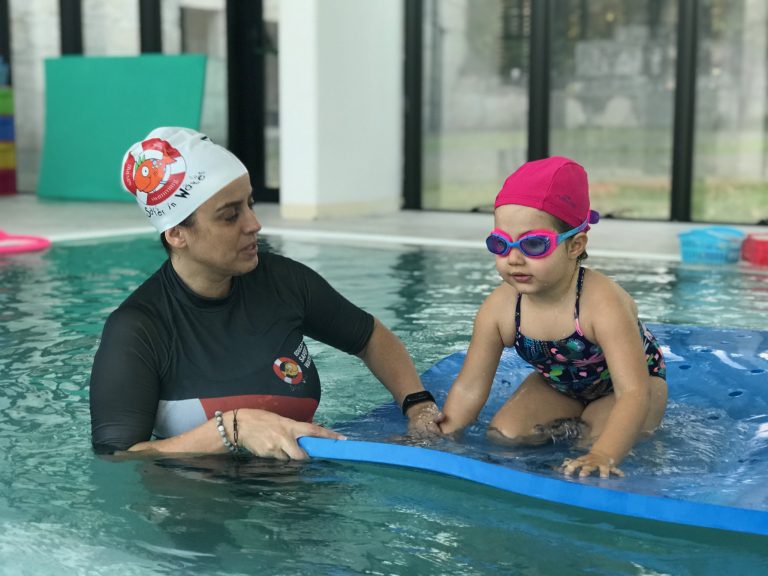

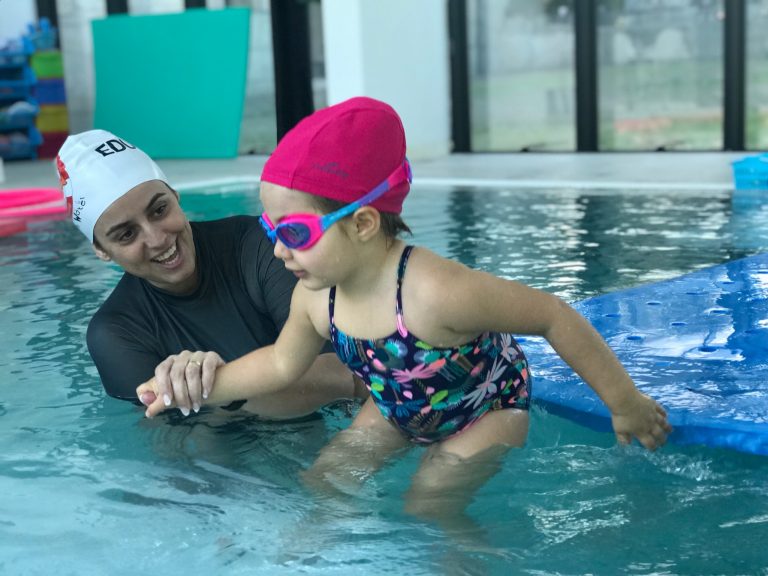
UPCOMING courses
safer in water
Prevent and reduce the number of drownings in your country
